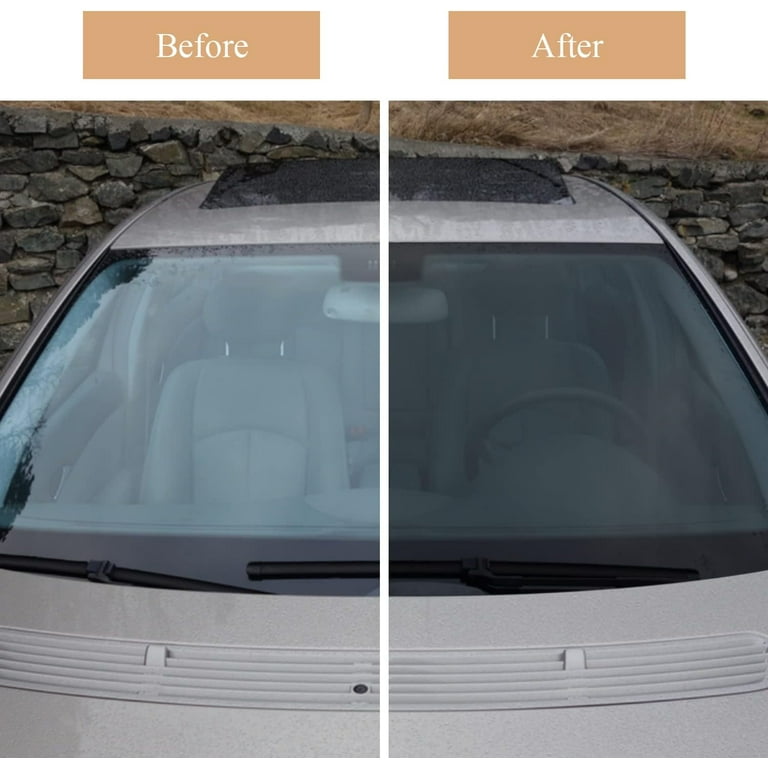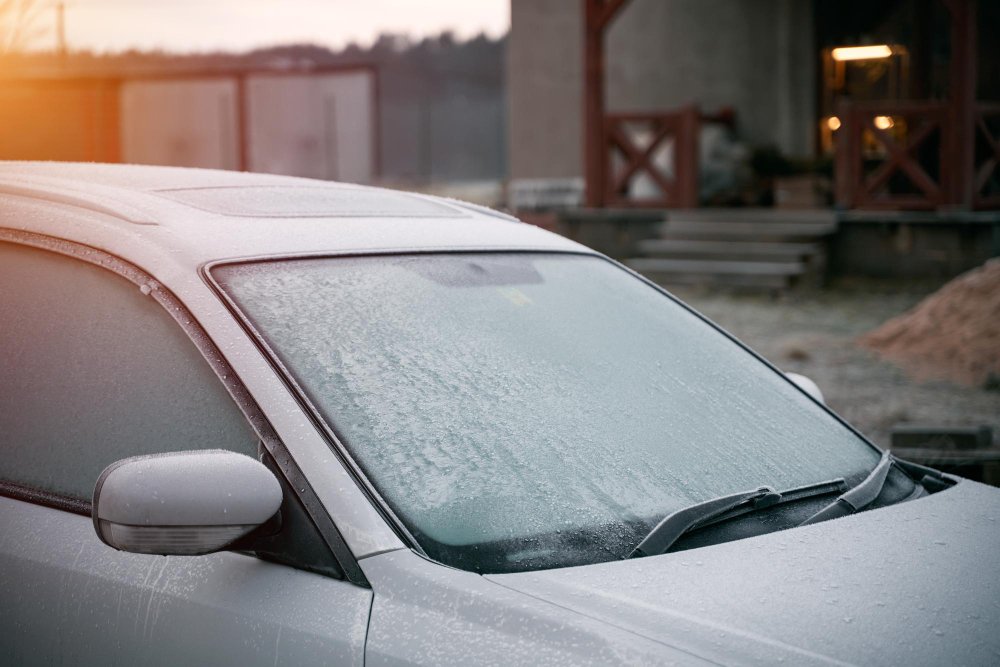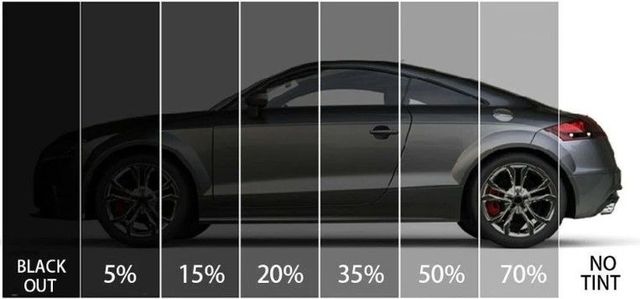Vehicle Window Tinting: Locate the most effective Deals and Quality Services Nearby
Vehicle Window Tinting: Locate the most effective Deals and Quality Services Nearby
Blog Article
Window Tinting Laws and Standards: What You Required to Know Before Tinting Your Cars And Truck
Before proceeding with home window tinting for your automobile, it is essential to familiarize on your own with the varied legislations and standards that govern this method across various states. These regulations determine the permitted degrees of tint darkness, frequently gauged by noticeable light transmission (VLT) percentages, and include certain specifications for front windshields intended at making certain road safety.
Summary of Home Window Tinting Regulations
Window tinting regulations are frequently subject to variation throughout different jurisdictions, showing local policies and security factors to consider. These regulations determine the acceptable levels of tint darkness and reflectiveness on lorry windows, guaranteeing that chauffeurs keep appropriate visibility while likewise protecting versus damaging UV rays and heat.
The majority of policies classify window tinting based on the Visible Light Transmission (VLT) percent, which suggests the amount of light that can pass via the home window. Usually, reduced VLT percents indicate darker tints. Regulations typically differentiate between the front, side, and rear home windows, with more stringent constraints applied to the front windscreen to improve security for both the chauffeur and various other roadway users.
Additionally, some territories impose limitations on the reflectivity of the color, preventing extreme glare that might hinder exposure. Exceptions to these legislations may exist for people with certain medical problems calling for added sun security. Conformity with home window tinting guidelines is critical, as offenses can result in penalties, necessary elimination of the color, and possible increases in insurance coverage costs. As a result, it is essential for vehicle proprietors to familiarize themselves with regional regulations before waging home window tinting installations.
State-by-State Tint Laws
Recognizing the particular home window tinting laws in each state is essential for vehicle owners seeking to abide by the legislation. Each state in the united state has actually established its very own set of rules regulating home window tinting, which can vary dramatically. These policies commonly determine the permitted levels of color darkness, the kinds of home windows that can be tinted, and any type of medical exceptions that might apply.
For example, states like California have rigid restrictions on color darkness for front home windows, while others, such as New Mexico, may enable darker colors. Additionally, specific states mandate details exposure percents for numerous windows, including the windscreen, front side home windows, and back home windows. It is critical for vehicle proprietors to acquaint themselves with their state's regulations to stay clear of potential fines or charges.
Additionally, some states might require a certification sticker label to be put on colored windows, indicating conformity with state legislations. Failing to adhere to these guidelines not just takes the chance of lawful effects but can likewise affect safety and presence while driving. Automobile proprietors need to conduct comprehensive research study or consult local authorities to make sure complete understanding and compliance with state-by-state color policies.
Allowed Color Degrees and Types
Lots of automobile owners might be surprised to learn that enabled color levels and kinds differ widely throughout various states. Each state has developed its own regulations relating to the permitted darkness and reflectivity of window tint, typically determined by Visible Light Transmission (VLT) percents. VLT refers to the quantity of light that can go through the tinted home windows; thus, a reduced percentage suggests a darker tint.

In addition, the sorts of tint products permitted can vary, with some states banning mirror-like or metallic coatings. It is vital for lorry owners to acquaint themselves with their state's details laws to make certain conformity. Non-compliance can lead to penalties, obligatory removal of the tint, or various other legal repercussions, making it necessary to comprehend these regulations before waging installation.
Medical Exemptions for Tinting
While not all states offer allowances for medical exceptions pertaining to window tinting, those that do recognize the necessity for particular individuals to improve presence and comfort because of clinical problems. Various clinical conditions, such as lupus, skin cancer cells, and certain eye disorders, can render people particularly conscious sunlight. These people might call for darker colors to shield themselves from dangerous UV rays and glow.

It is necessary to note that despite having a medical exemption, there might still be limitations on the degree of tint allowed. Conformity with state regulations ensures that people are both secured and within lawful limits. Those considering clinical exemptions must contact their neighborhood Division of Motor Vehicles or comparable authority to recognize the requirements and procedures required to request an exception properly.
Penalties for Non-Compliance
Stopping working to follow window tinting laws can result in considerable penalties, which vary by state. Regulation enforcement agencies are equipped to release citations for automobiles that do not comply with the specified tinting guidelines. These fines normally consist of penalties, which can range from modest quantities to several hundred dollars, relying on the extent of the violation and the state concerned.
In some jurisdictions, duplicated offenses might cause intensifying penalties or added fines, such as mandatory court appearances. Furthermore, non-compliance may demand the elimination of unlawful tinting, usually at the proprietor's expenditure. In severe situations, regular transgressors might deal with suspension of their car registration till conformity is accomplished.
Additionally, insurance policy ramifications may develop from getting numerous citations for home window color violations. Insurance companies may view such violations as an indicator of riskier habits, potentially causing enhanced costs or problem in insurance coverage.
To prevent these fines, view it now it is critical for lorry proprietors to familiarize themselves with their local home window tinting legislations and make sure that their car complies (Window Tinting). This proactive method not only avoids lawful ramifications but additionally advertises road security
Final Thought

Many guidelines identify home window tinting based on the Visible Light Transmission (VLT) percent, which suggests the amount of light that can pass via the window. Conformity with window tinting guidelines is important, as violations can result in penalties, compulsory removal of the color, and potential boosts in insurance policy premiums.Understanding the certain home window tinting guidelines in each state is crucial for automobile proprietors looking for to conform with the regulation. These regulations typically dictate the allowable degrees of color darkness, the kinds of home windows that can be tinted, and any kind of clinical exemptions that may use.
For circumstances, states like The golden state have rigorous limitations on color darkness for front windows, while others, such as New Mexico, may permit darker tints.
Report this page